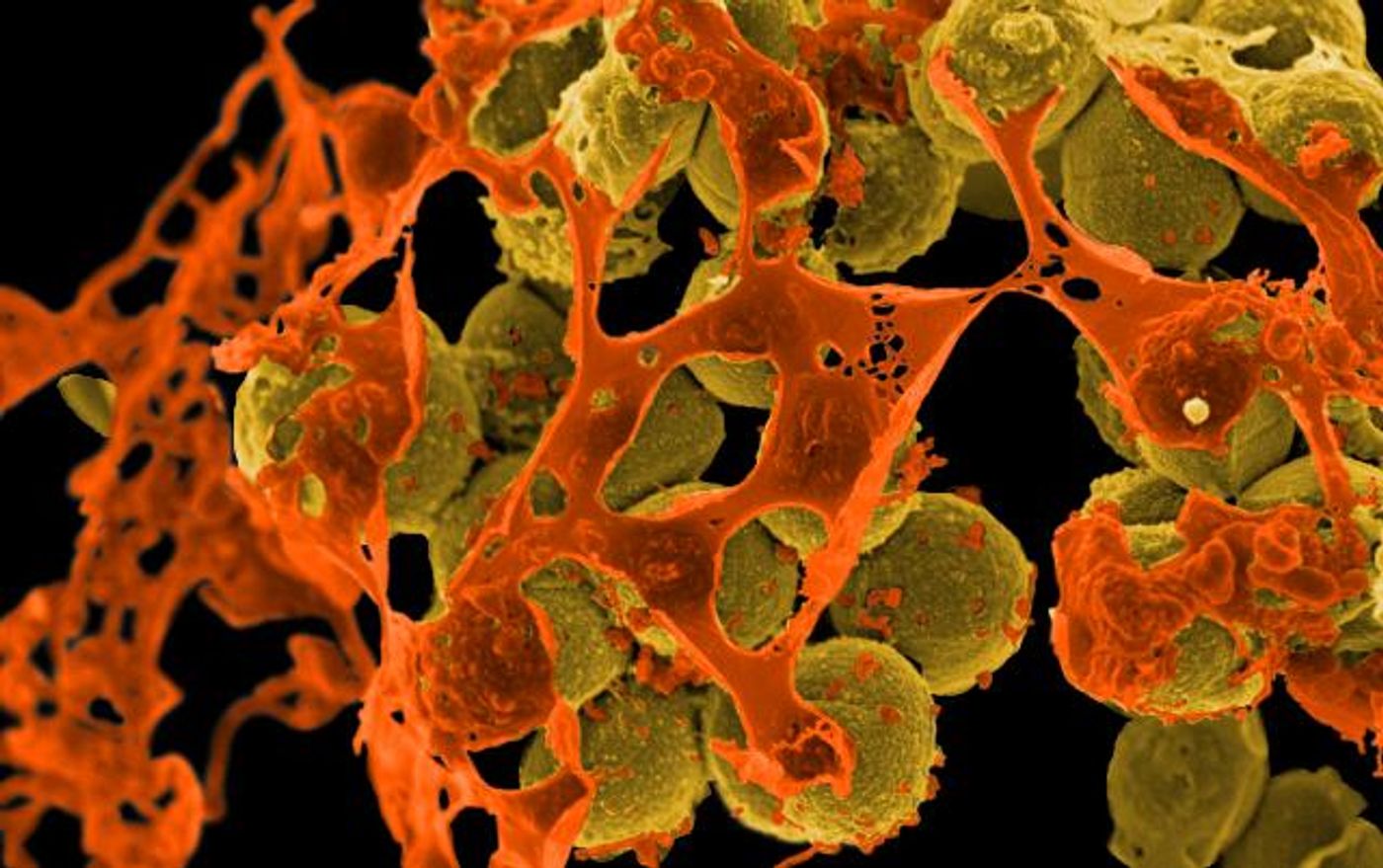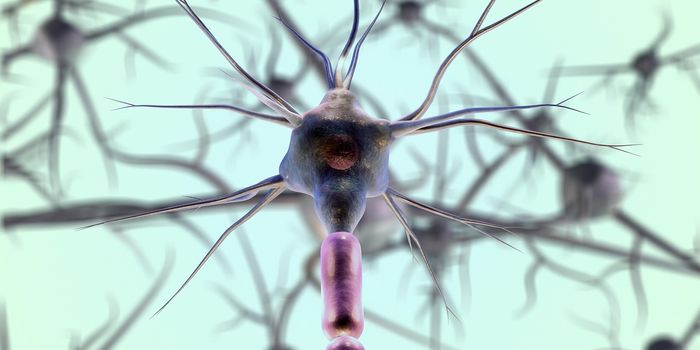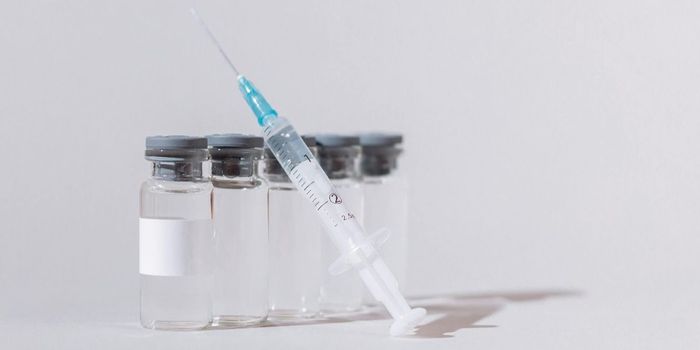We're Running Out of Ways to Treat Staph Infections
A bacterium called Staphylococcus aureus is arguably one of the world’s most dangerous superbugs. It made The World Health Organization’s February 2017 priority list, ranking number two as a high priority. In a review of over 200 studies on the mechanisms employed by the bacterium to avoid the immune system and resist antibiotics, scientists from Montana State University begin to uncover how Staphylococcus aureus can be so resilient.
Staphylococcus aureus (S. aureus) infections commonly exist as simple skin infections, but as soon as the bacteria move into the bloodstream, the infection becomes drastically more serious and life-threatening. Septicemia (blood poisoning), endocarditis (inflammation of the heart’s inner lining), and necrotizing (causing organ- or tissue-wide death, very serious) pneumonia are all possibilities once S. aureus is circulating in the blood. And as many strains of the bacterium are resistant to both methicillin and vancomycin, two antibiotics relied on to clear S. aureus infections, treating these conditions can be nearly impossible.
Scientists are working to develop more antibiotics that are effective against S. aureus, but the present options run the risk of being toxic to both the bacteria and to the individual infected. There is no preventative option either, so what can the scientific community to combat S. aureus and other bacteria resistant to standard antibiotics?
In the Frontiers in Cellular and Infection Microbiology study, first author Fermin Guerra describes what their goal is. “We have yet to find a key virulence factor used by S. aureus to initiate disease in humans. Gaining an understanding of how S. aureus initiates infection will lead to new methods to combat ailments caused by this bacterium to ultimately reduce disease and decrease dependence on antibiotics."
In its defense against the immune system, it all boils down to how S. aureus dodges everything that neutrophils throws at it during the immune response. Neutrophils are immune cells that lead the attack when bacteria or other pathogens invade the body. Neutrophils are the first to arrive at the scene of the crime, call other immune cells to the area, and engulf pathogens and digest them through a process called phagocytosis.
However, it seems that S. aureus has a defense mechanism for each of these activities.
First, S. aureus “knows” when neutrophils and other immune cells are on the way because the bacteria recognize molecules originating from the immune cells. The bacteria are then able to make it harder for neutrophils to reach the infection site, giving them more time to divide and conquer.
When neutrophils do arrive, S. aureus bacteria release molecules that inhibit a process called priming that enhances neutrophils’ potency. To prevent neutrophils from identifying bacterial cells, S. aureus has built-in physical capsules that make the identification process harder, and the bacteria also release molecules that disrupt identification. Despite all of these defensive mechanisms, if bacteria are engulfed by neutrophils anyway, each bacterium can repel the cell’s digestive proteins, minimizing effect of digestion. Ultimately, whether eaten up by neutrophils or not, S. aureus can release toxins that kill neutrophils altogether.
Even though their efforts seem pointless, neutrophils keep coming, only making things worse by exposing the body’s tissues to excessive inflammation. Needless to say, S. aureus is extremely equipped to resist the immune system. With their mechanisms understood in detail, Guerra and other scientists want to know:
-
What virulence factors are responsible for each defense mechanism?
-
How does S. aureus sense the presence of neutrophils?
-
What therapeutic approaches could block these abilities?
"We still have a long way to go to fully understand the mechanisms used by S. aureus to be so successful at causing infections in humans," Guerra admitted. “We also hope this review sheds more light on the public health danger S. aureus poses especially as we reach the last lines of antibiotic defense used to treat infections.”









